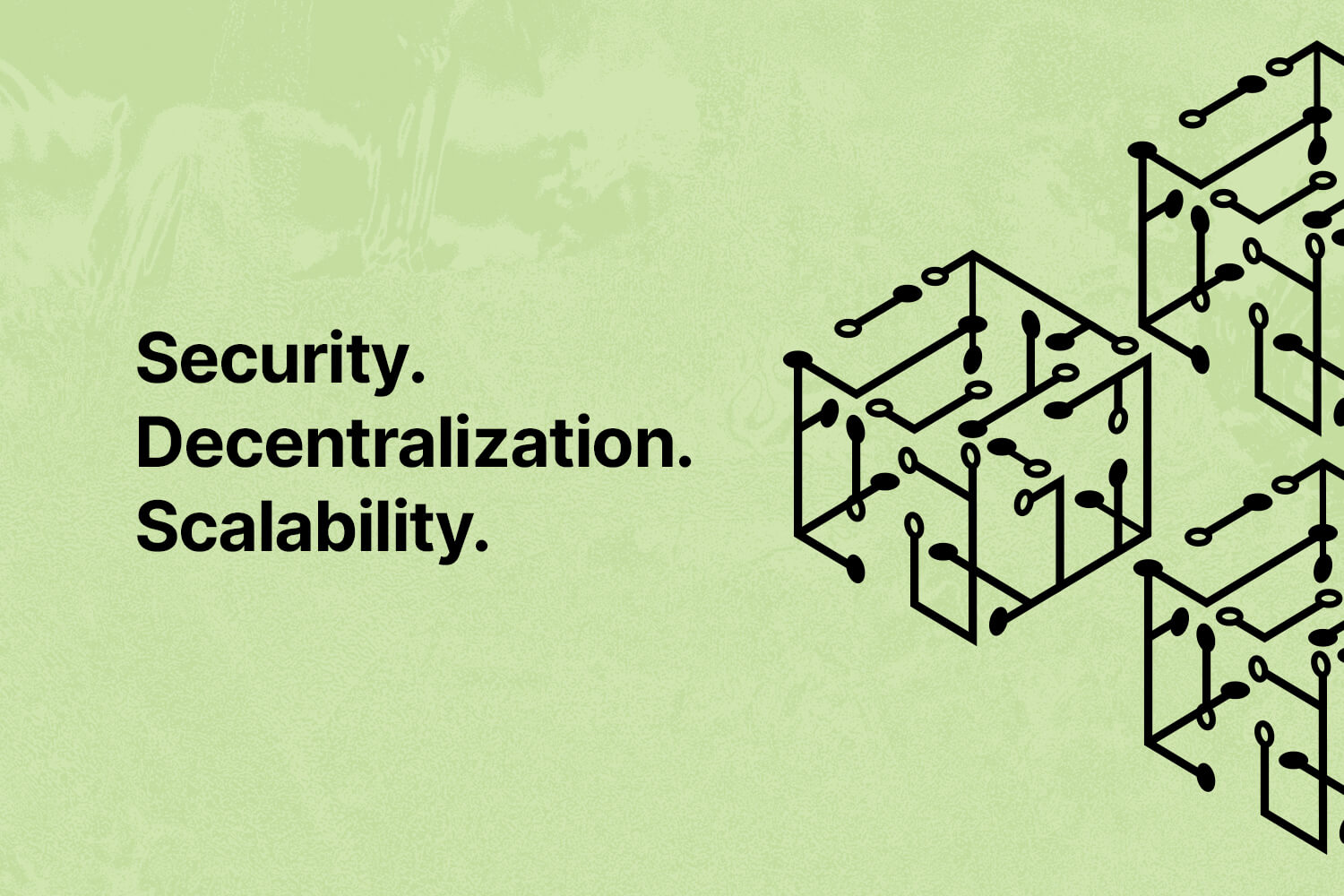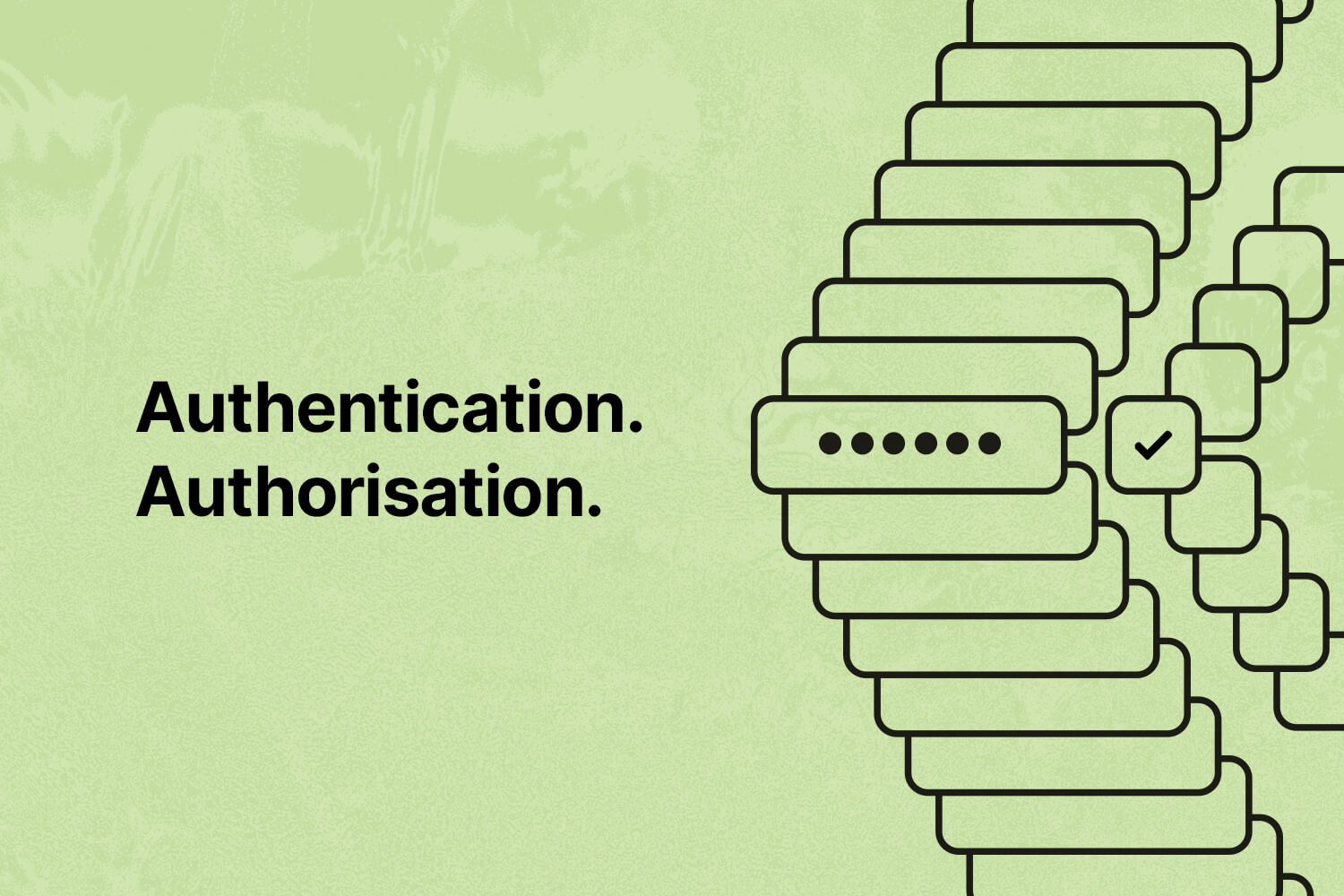The blockchain fee is a cryptocurrency transaction fee that is charged to users when performing crypto transactions.
Do you know, Transaction fees serve two essential purposes when it comes to blockchain networks. They reward miners or validators who help confirm transactions and help protect the network from spam attacks.
The essentials of a blockchain

Security
Blockchain is designed to be democratic and immutable. The blockchain security is maintained through coding, as well as consensus algorithms which dictate the number of network nodes required to confirm transactions before finalization.
Decentralization
One of the jobs of central institutions is to prevent double spending and similar issues. However, they’re vulnerable to DDoS attacks and other security issues. The idea of a decentralized blockchain network is deciphered as an environment where no one needs to know anyone since each node is passed on with the same information on a distributed ledger.
Scalability
During periods of heavy use, traffic jams can occur, slowing transaction processing and driving up costs for users. A scalable blockchain is essential to maintaining a competitive edge with centralized networks. To overcome and address the blockchain trilemma, some developers recommend making direct modifications to the network — layer-1 solutions, such as Ethereum. Others have suggested developing secondary networks,
How does a transaction get into the blockchain?

There are several key steps a transaction must go through before it is added to the blockchain.
Authentication
The original blockchain was designed to operate without a central authority (i.e. with no bank or regulator controlling who transacts), but transactions still have to be authenticated. This is done using cryptographic keys, a string of data (like a password) that identifies a user and gives access to their “account” or “wallet” of value on the system.
Authorisation
Once the transaction is agreed between the users, it needs to be approved, or authorised, before it is added to a block in the chain. For a public blockchain, the decision to add a transaction to the chain is made by consensus. This means that the majority of “nodes” (or computers in the network) must agree that the transaction is valid.
Why transaction fees?
Transaction fees are and have been an essential part of most blockchain systems since their inception. You are most likely to have come across them when sending, depositing, or withdrawing crypto.
The majority of cryptocurrencies use transaction fees for two important reasons.
👉 First of all, fees reduce the amount of spam on the network. It also makes large-scale spam attacks costly and expensive to implement.
👉 Secondly, transaction fees act as an incentive for users that help verify and validate transactions. Think of it as a reward for helping the network.
| Network name | Fee |
| Nomic | 5% |
| Oasis Network | 15% |
| Regen Network | 10% |
| Osmosis | 5% |
| Juno | 5% |
| Cosmos | 10% |
| Terra | 10% |
| Iris Network | 10% |
| Solana | 10% |
| Chainlink | 5% |
| Velas | 10% |
| E-money | 8% |
| Starname | 10% |
| Skale | 10% |
| Near Protocol | 1% |
| The Graph | 5% |
| xDai | 10% |
| Sentinel | 5% |
| Persistence | 5% |
Conclusion
Transaction fees are an integral part of blockchain networks. They are part of the incentives given to users that keep the network running. Fees also offer a layer of protection against malicious behavior and spam.
However, the amount of traffic that some networks receive has led to significantly higher fees. The decentralized nature of most blockchains makes it harder for them to scale. There are several researchers and developers working on improvements.

